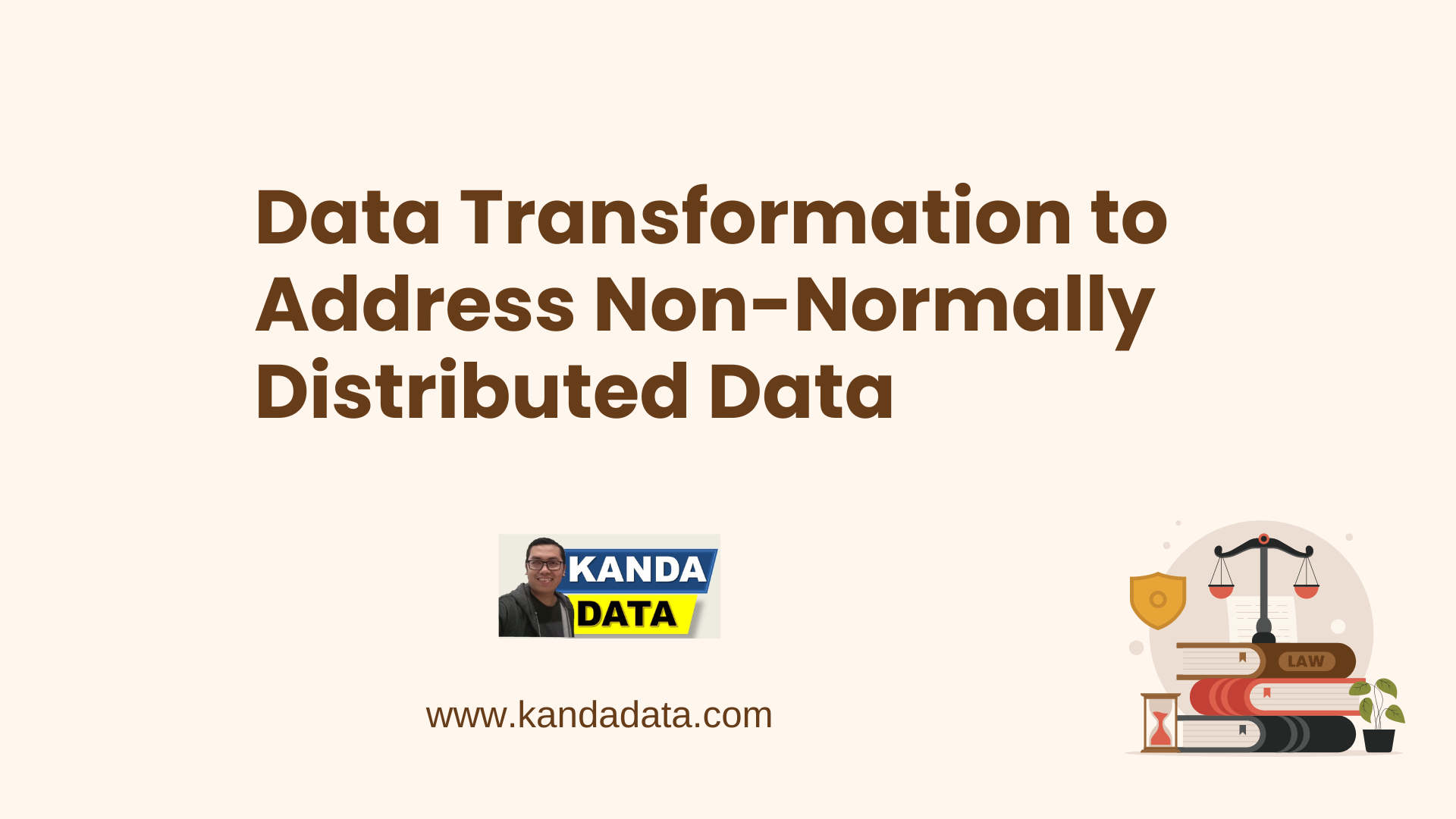Category: Statistics
How to Find the Standard Deviation of Sample Data in Excel
One of the metrics in statistics is the standard deviation. When conducting research, the standard deviation is crucial for describing the data you have obtained. It illustrates the dispersion of the data relative to the mean.
How to Create a Likert Scale Score Category (Ordinal Scale)
Creating Likert scale score categories is essential to answer one of the research objectives, particularly in descriptive statistical analysis. We can categorize non-parametric variables that use the Likert scale into high, medium, and low categories. This information will significantly enrich the research findings.
Differences Between the Null Hypothesis and the Alternative Hypothesis in Statistical Analysis
Statistical hypotheses, consisting of the null hypothesis and the alternative hypothesis, play a crucial role in the process of testing and analyzing statistical data. Understanding the concept of a hypothesis is a critical first step in ensuring that research results are valid and scientifically accountable.
Differences Between Paired Sample T-Tests and Independent Sample T-Tests
When we want to compare the means of two data groups, we often use a difference test. The most commonly used difference test is the t-test. In a t-test, the samples being compared can be either paired or independent.
The Difference Between Residual and Error in Statistics
In the field of statistics, the terms “residual” and “error” are often used interchangeably. Many researchers and practitioners consider these terms to have the same meaning, but in reality, they represent significantly different concepts.
What to Do If the Regression Coefficient Is Negative?
Linear regression is one of the most commonly used statistical analysis techniques to understand the impact of independent variables on a dependent variable. In regression analysis, the estimated coefficients indicate the extent to which each independent variable affects the dependent variable.
Why Should Data Transformation Be Done Only Once?
Data transformation is an essential step in inferential statistical analysis. It can be a solution to ensure that research data meets certain required statistical model assumptions, such as normality, linearity, and homoscedasticity.
Data Transformation to Address Non-Normally Distributed Data
The assumption that data must be normally distributed is often a prerequisite for using certain inferential statistical tests. However, sometimes the test results do not meet expectations, indicating that the data is not normally distributed.




